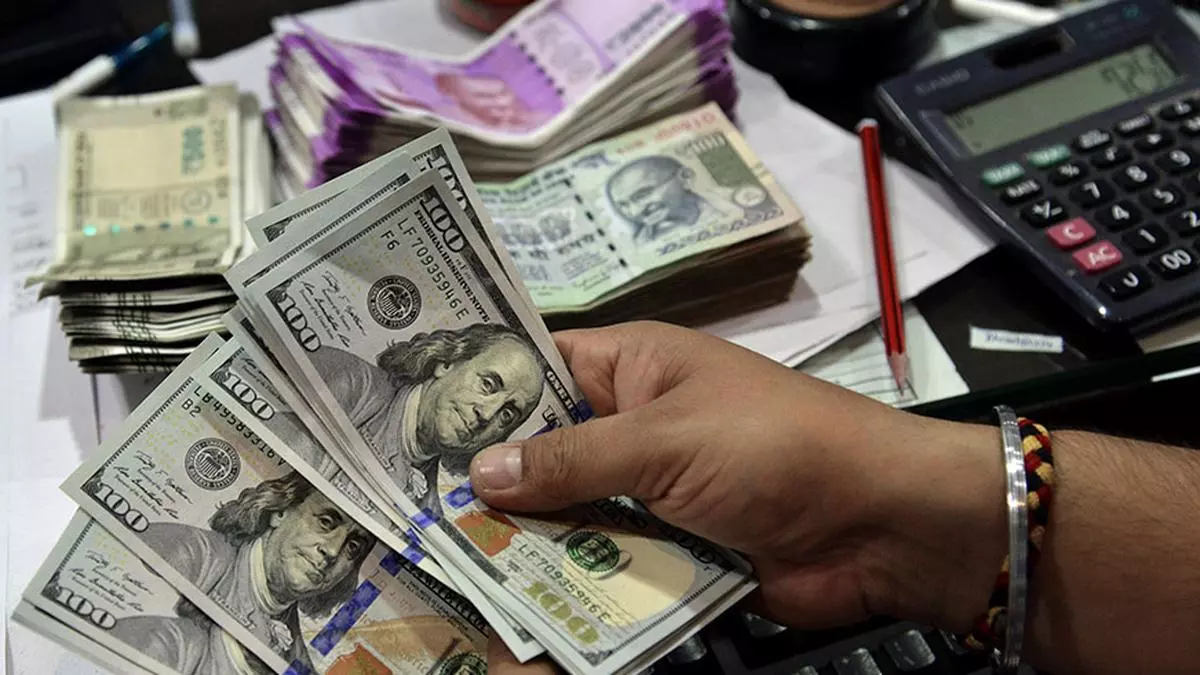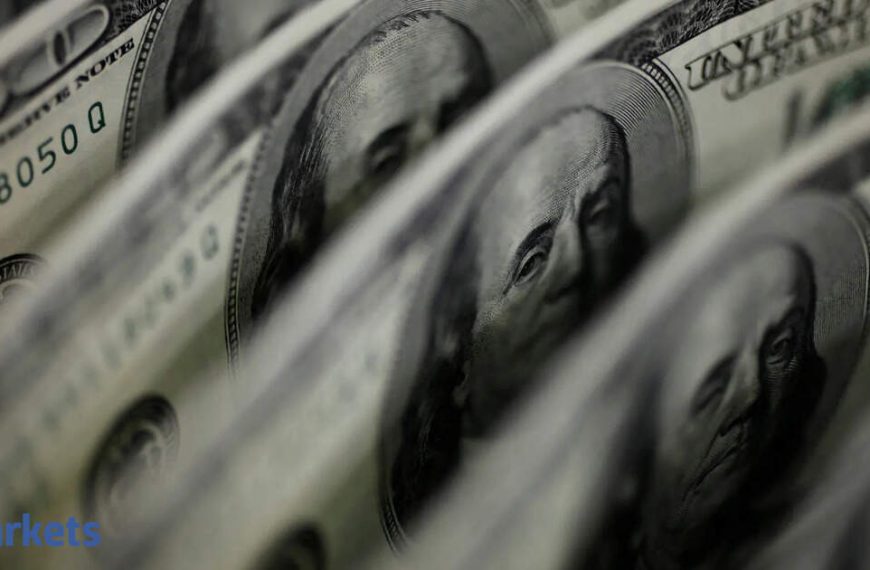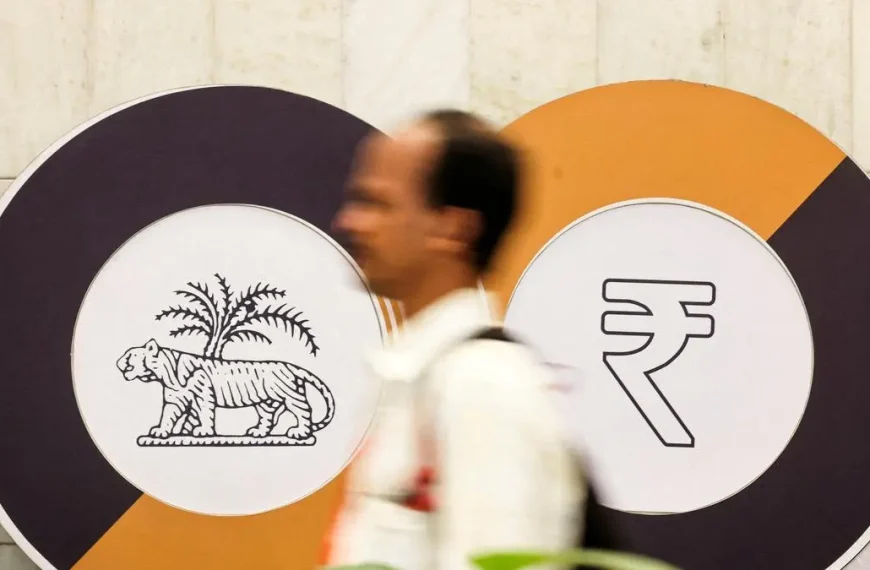On Monday, the Indian Rupee experienced a significant decline, dropping by approximately 46 paise, marking its largest single-day fall in two weeks. This downturn can be attributed to ongoing foreign portfolio investor (FPI) dollar outflows from Indian equity markets, concerns over the global repercussions of U.S. tariffs, and a weakening Chinese Yuan. Additionally, the upcoming maturity of non-deliverable forward (NDF) contracts has heightened demand for the dollar, further pressuring the Rupee.
Rupee’s Closing Position
The Rupee concluded the day at 87.33 per dollar, a decline from the previous closing of 86.87. This drop occurred despite the dollar itself losing value against currencies such as the Japanese Yen and the Swiss Franc, primarily due to worries surrounding a potential slowdown in the U.S. economy. The trade tensions initiated by President Trump’s tariffs on imports from countries like Canada, Mexico, and China could also impact India, as bilateral discussions about these tariffs remain unresolved.
Factors Influencing the Rupee’s Decline
Arvind Kanagasabai, Executive Vice President at Tamilnad Mercantile Bank, noted that multiple elements are affecting the Rupee’s performance. While India’s exports have increased by only 6% in the first nine months of this financial year, imports have surged by 6.9%. The looming threat of U.S. tariffs is creating uncertainty for Indian exporters. Furthermore, the ongoing dollar outflows from the equity markets contribute to the Rupee’s depreciation.
- Key points to consider:
- External factors influencing the Rupee cannot be managed by the Reserve Bank of India (RBI).
- The RBI may need to intervene occasionally to mitigate excessive volatility in the currency market.
- Current forex reserves can cover about 11 months of imports, but this is not ideal.
Liquidity Challenges and Market Volatility
Kanagasabai emphasized that the RBI’s interventions, which involve selling dollars, inadvertently reduce Rupee liquidity in the banking system, creating a liquidity deficit. To counteract this, the RBI has been implementing measures to infuse liquidity. However, the current market dynamics are challenging, with volatility driving up the demand for dollars.
Rahul Kalantri, Vice President of Commodities at Mehta Equities, pointed out that the Rupee weakened despite the dollar index and crude oil prices reaching four-month and 22-month lows, respectively. The uncertainty among investors has led to an increased demand for the U.S. dollar as a safe haven. Additionally, ongoing negotiations for a bilateral trade agreement with the U.S. are contributing to market fluctuations.
Market Outlook
Market participants are keenly awaiting consumer inflation data from both India and the U.S., set to be released on Wednesday. This data will likely influence the expectations regarding interest rate changes by their respective central banks. Kalantri anticipates that the Rupee will continue to experience volatility throughout the week, with trading expected to range between 86.90 and 87.70.
With these ongoing developments, the Indian Rupee’s performance remains a focal point for investors, underscoring the interconnectedness of global economic factors. Stay updated on currency trends to navigate these fluctuations effectively.











